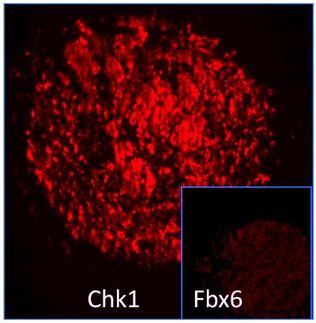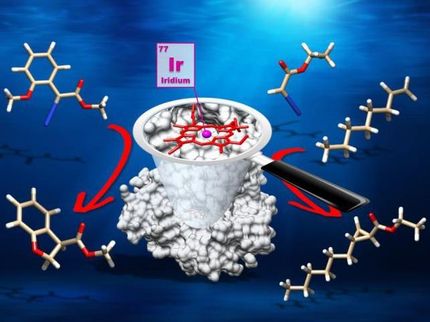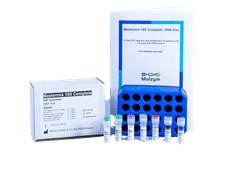Millennium and NCI Collaborate to Investigate Role of ACE2 in Connection with SARS
Recent publications identify connection between genomic target and deadly virus
Advertisement
Cambridge, Mass. Millennium Pharmaceuticals, Inc. announced it is collaborating with the National Cancer Institute (NCI) to study the link between the novel enzyme angiotensin-converting enzyme 2 (ACE2) and the virus that causes severe acute respiratory syndrome (SARS).
"We are excited that the NCI is interested in investigating how ACE2 may play a role in SARS virus replication and transmission," said Robert Tepper, M.D., president, research and development, Millennium. "Recent publications have underscored the potential role of this genomically-derived target and our collaboration may advance efforts towards the development of a treatment for SARS."
The novel enzyme ACE2 and its potential relevance to human disease were discovered by Millennium in 1997 through genomic research. More recently, ACE2 has been implicated as a receptor for the SARS virus. The NCI will conduct cell-based studies to identify the structure of the ACE2/SARS complex, which may allow for the design of inhibitors that block the binding interaction of the complex, diminishing the ability of the SARS virus to replicate and infect hosts.
As part of the collaboration, Millennium will provide the NCI the critical biological knowledge and reagents that it has accumulated though the last few years of research to facilitate better understanding of ACE2. Millennium and the NCI will be working under a Cooperative Research and Development Agreement (CRADA), which provides Millennium with an option to elect an exclusive license to any inventions made during this collaboration. Millennium has a broad patent estate relating to ACE2.
Recent Publications
In the manuscript "ACE2 Structures Reveal a Large Hinge-bending Motion Important for Inhibitor Binding and Catalysis," published in the Journal of Biological Chemistry, (Vol. 279, April 2004), Millennium researchers and collaborators at Emerald Biostructures solved the crystal structure of ACE2 and gained critical insight into the binding interactions and activity of the enzyme. Understanding the structure of the various states of the enzyme will enable NCI scientists to better identify the targets and biological relevance of ACE2.
In the manuscript "Angiotensin-converting enzyme 2 is a functional receptor for the SARS coronavirus," published in Nature (Vol 426, November 2003) Brigham and Women's Hospital researchers identified that ACE2 is a functional receptor for SARS-coronavirus (CoV). The researchers discovered that the spike protein of the SARS virus is bound by ACE2, which facilitates infection of cells.
Additionally, in the manuscript "The SARS-CoV S glycoprotein: expression and functional characterization," published in Biochemical and Biophysical Research Communications (Vol. 312, November 2003), NCI researchers confirmed the function of ACE2 as a partner of the SARS-CoV spike glycoprotein in mediating virus entry and cell fusion.
About ACE2
Using genomic research, Millennium identified the novel enzyme ACE2 from heart tissues, and first characterized the sequence, biochemical activity and tissue expression of the enzyme in a Circulation Research (Vol. 67, September 2000) publication, implicating it as a potential regulator of heart function.



























































